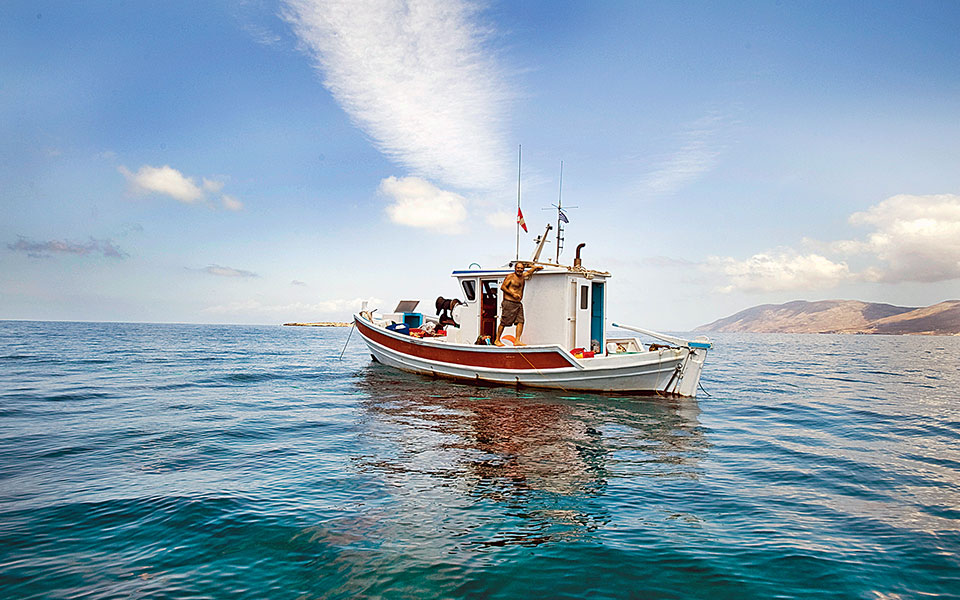From Minas Vintiades*, edited by Olga Charami
This account is part of a series of insider takes on the islands of the Dodecanese. For more on these islands, click here.
If, as a Kasiot who loves his homeland, I had to talk about only one of the island’s assets I wouldn’t have a second thought: I would say its people.
What is so special about the 900 permanent residents and the other 2,500 who return every summer from Athens, Rhodes, the US and Australia to their homeland in order to open their homes and see friends and relatives? They are beyond welcoming with visitors, they feel that it is an honor that they have chosen their island – and not another one that is easier to reach, one that has trees and countless beaches, cheaper flights, sushi restaurants, noisy bars or lots of museums with rare exhibits.
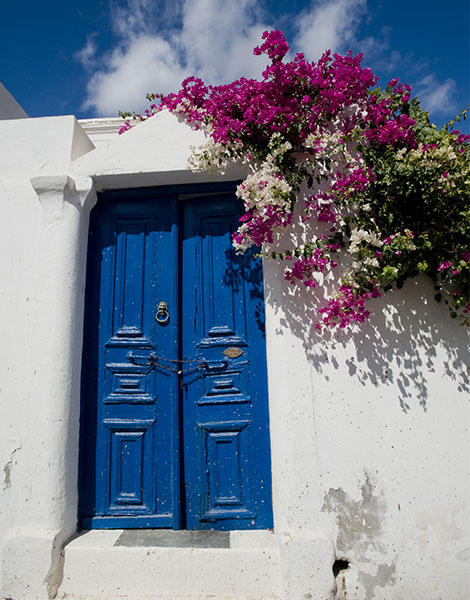
© Clairy Moustafellou
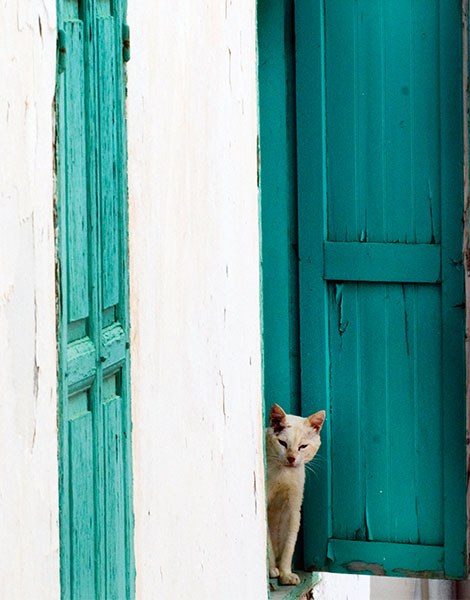
© Clairy Moustafellou
The positives of Kasos (which are negatives in the eyes of some) are many, with the first and foremost being the sense of familiarity that it inspires. Everyone you meet will bid you good morning, will offer you something to eat or drink, will drive you anywhere you want to go and explain anything you don’t understand.
Then there is its unique cuisine, the praises of which are sung by many top chefs. Dolmadakia (stuffed vine leaves) makarounes with sitaka (a type of homemade pasta with roux made from goat’s milk) delicious wild greens, cuttlefish pilaf, and lots of large fresh fish, other seafood and much more grace our tables. At the three big villages on the island – Aghia Marina, Fry and Arvanitohori – there are over 10 restaurants. You will eat well at all of them and they all serve local dishes.
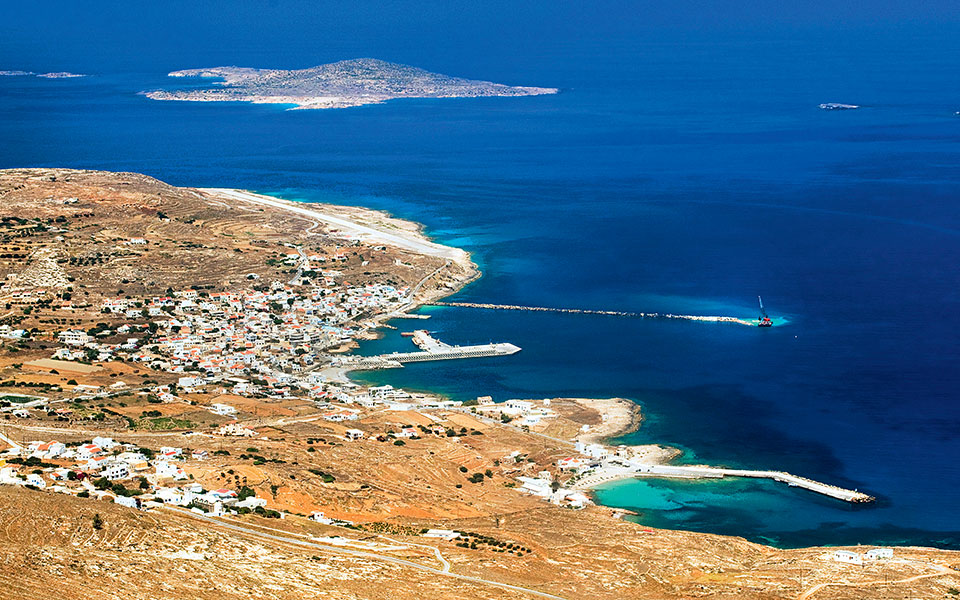
© Clairy Moustafellou
Then there are the panigyria (traditional festivals), full of local color and the ultimate in hospitality. Aside from the delicious food that you’ll try, here you will learn how to dance the Kasiot sousta, you’ll hear lyres and lutes, and all of this for free. In July there’s the panigyri of Saint Marina, in August there are those celebrating the feast days of Christ, the Virgin Mary and Saint Phanourios, and in September there are many more for the fortunate travelers who will will come then.
And on the other days at three of the island’s bars you will have your drink and also ‘order’ the music you want to listen to.
There are a number of small and hospitable hotels with reasonable prices. Some are more traditional, others are more modern. But be advised: demand is high. Book in advance, view the rooms online and ask what they offer.
You can swim everywhere, but a must is to swim in the Libyan Sea on the southern side of Kasos, at the beach of Helatros where the water is emerald-green and full of fish for spearfishermen, and where my friend Maria offers delicious food from her food truck.
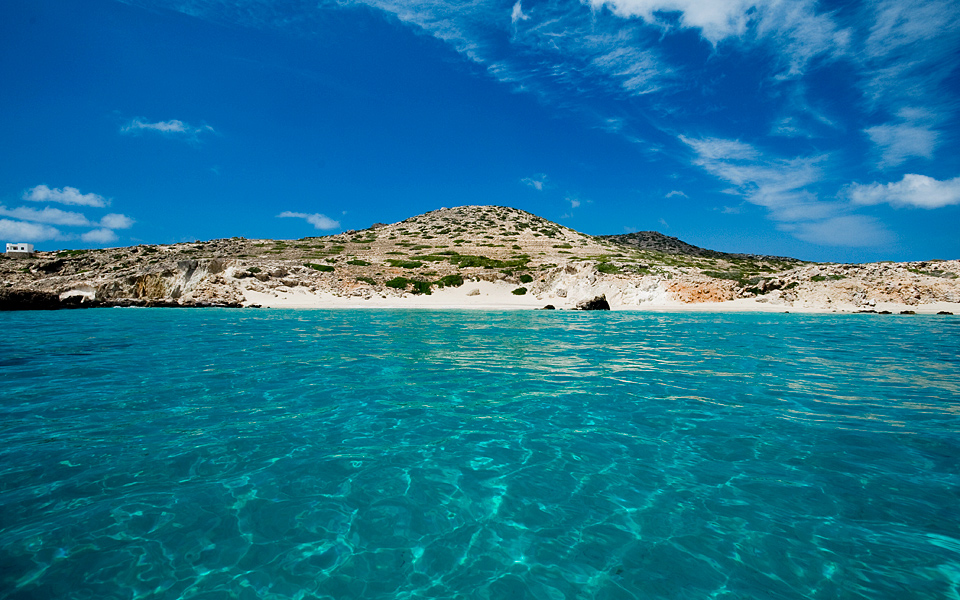
Visit the island of Armathia, with one of the most beautiful beaches in the Mediterranean, on one of the tourist boats that makes regular trips. And also take in the Folk Museum and the Maritime Museum, especially the latter which is home to one of the best private collections of nautical artifacts, amassed by Captain Antonis Hatzipetros.
Finally pay heed to how you are planning to get to Kasos – if you are traveling by boat opt for the Prevelis which takes 15 hours, and not the other boat which takes 22 hours.
The plane tickets are expensive so make sure to either book early or travel smart – such as by flying to either Karpathos or Siteia on Crete. Then by ferry or private boat make the short hop to the most interesting island in the Aegean, the Cretan and Libyan Seas!
*Minas Vintiades is an author and journalist.

